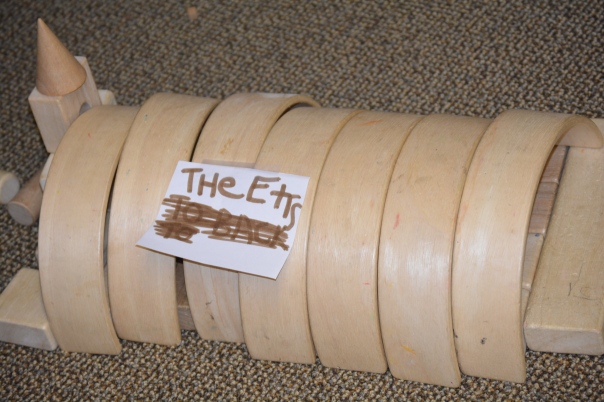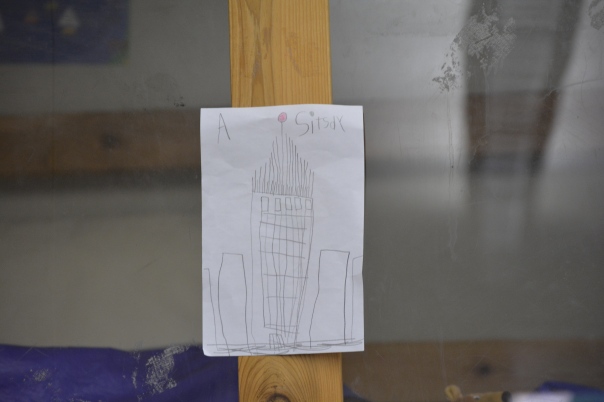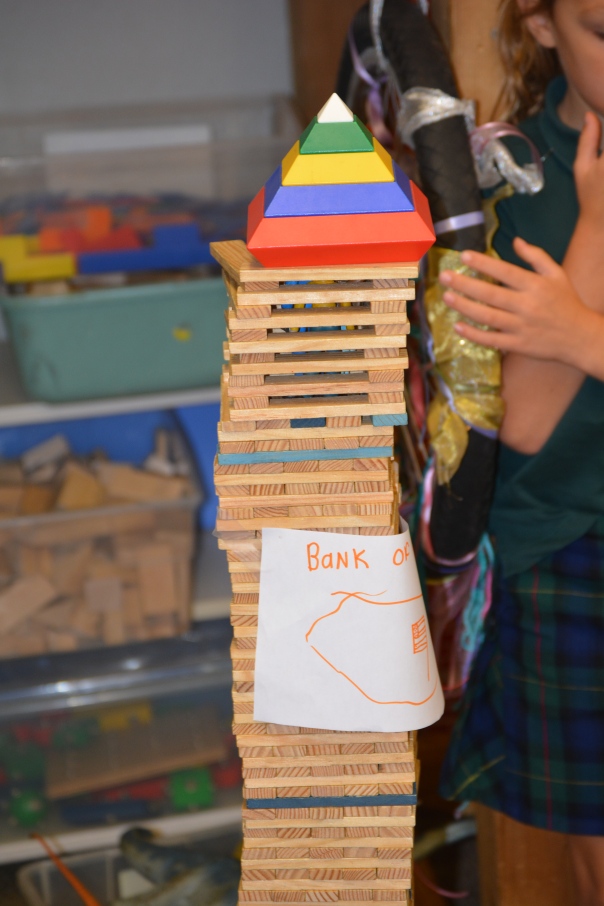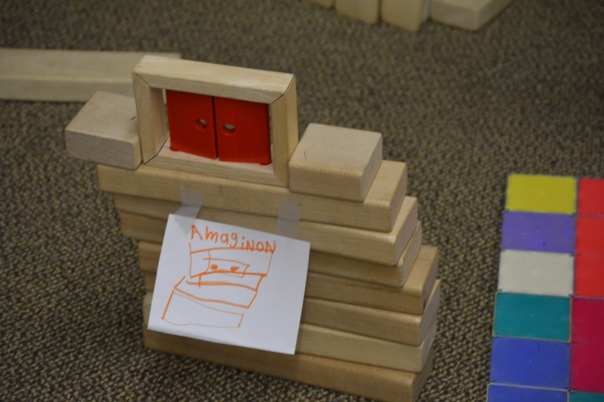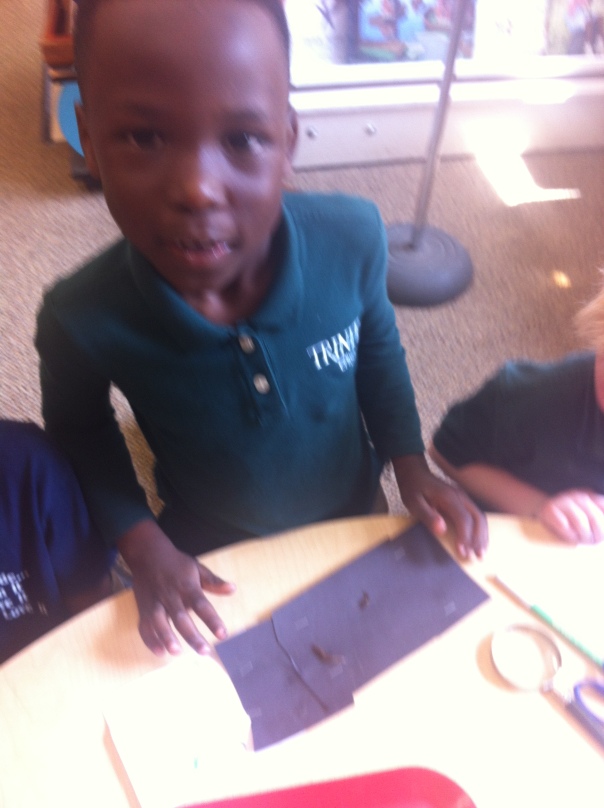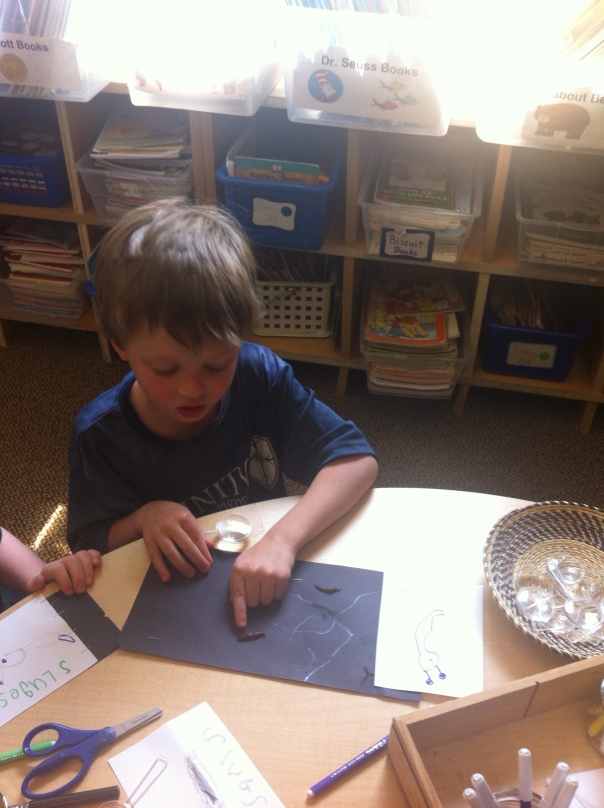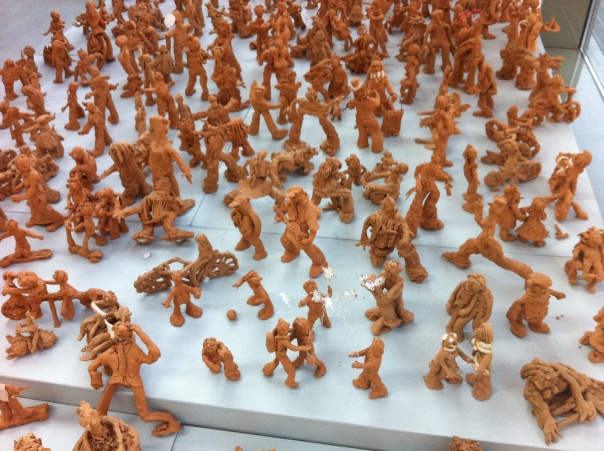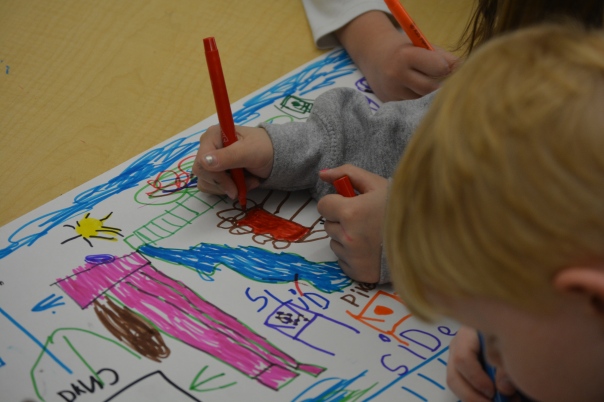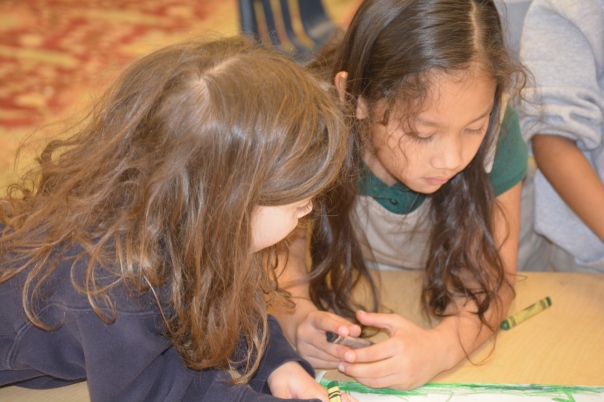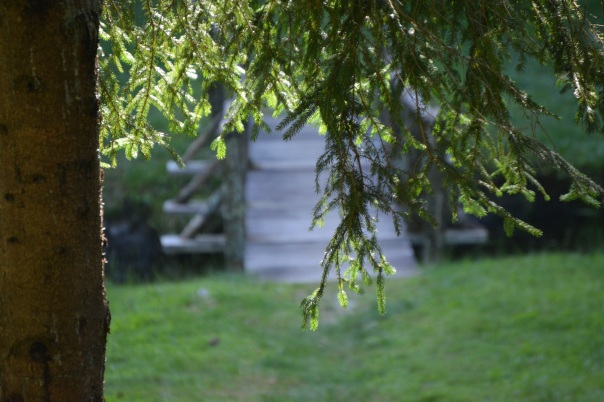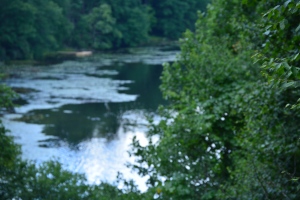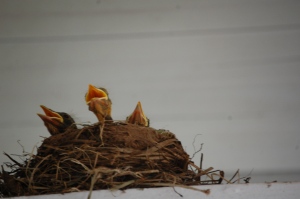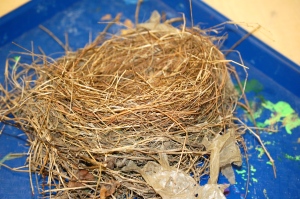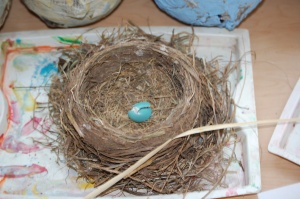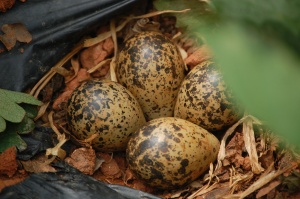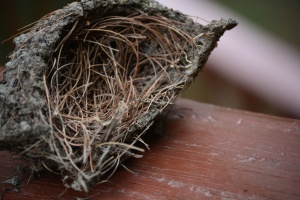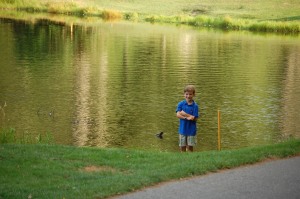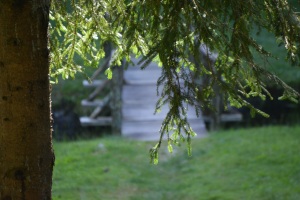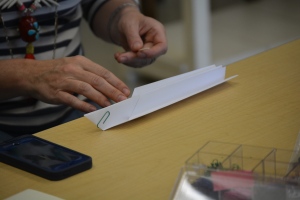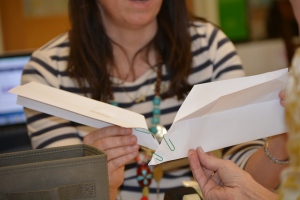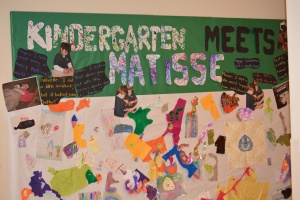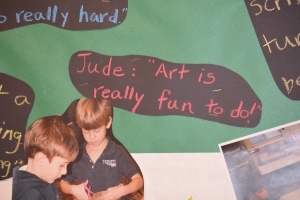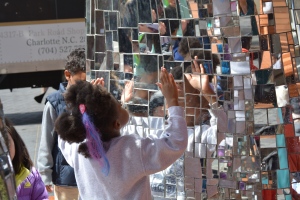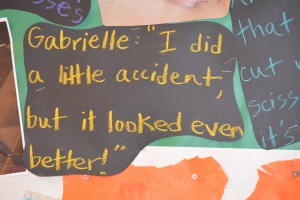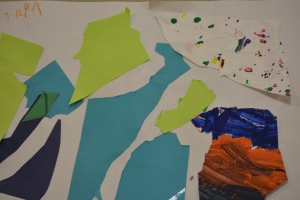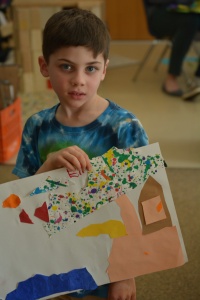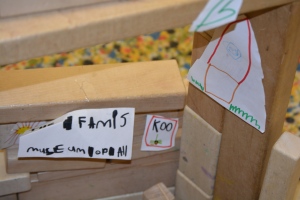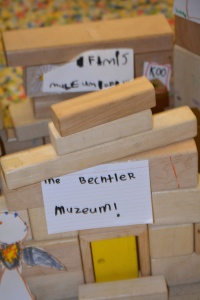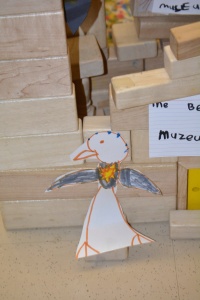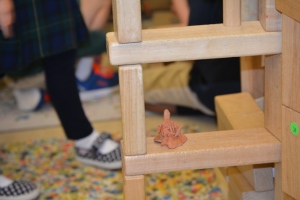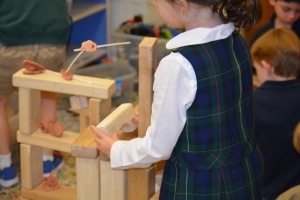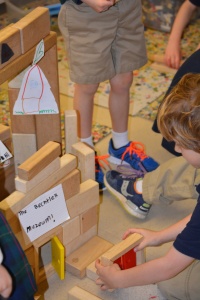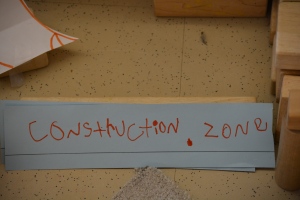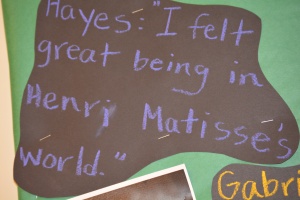There’s a crisis in the American kindergarten. It’s become the new first grade—if not beyond. In April, more than 200 teachers descended on Bank Street College of Education in New York City to reaffirm the unique and vital role of kindergarten in children’s lives.

“Play is the highest expression of the child’s development,” Friedrich Froebel wrote in the Education of Man. We have to forgive the beloved founder of kindergarten for his lapse from gender neutrality, Cecilia Traugh, Bank Street’s dean of the graduate school, reminded the audience as the celebration began. He lived in the 18th and 19th centuries.
Here is a piece adapted from the opening remarks of the conference organizers. Betsy Grob was a member of Bank Street’s faculty for more than twenty years, and has worked with early childhood educators in many countries, among them Sierra Leone, Chile, Romania, Mongolia, and Azerbaijan. Fretta Reitzes, founder and director of the Wonderplay Conference, served as director of the 92nd Street Y’s Parenting Center and the Goldman Center for Youth & Family in Manhattan for twenty-five years. They are both co-editors of Teaching Kindergarten: Learner Centered Classrooms for the 21st Century.
By Betsy Grob and Fretta Reitzes
This conference comes at a critical time. It grows out of deep concerns about the pressures on kindergarten teachers and their students. With the push-down of academic standards and prescribed curriculum, too often choice time is relegated to Friday afternoons. Block areas and dramatic play are disappearing.
Children’s art is being replaced by teacher-made charts, and reading, writing and math workshops leave little time for exploration, discovery and wonder. Even time for play outdoors is at a bare minimum.
We need to get back to a focus on the social-emotional development of every child in the classroom. Kindergarten must be a safe learning and emotional space for all children, including those living in poverty, children of color, and those who struggle with the fear of deportation and family separation. Kindergarten must be a place where all kinds of learners are engaged.
We hear many kindergarten teachers who want to teach in ways they know meet the needs of their children. One teacher, who is here today, wrote: “When I walk into my classroom in the morning, I know I will have an uphill battle to fight for what is right for my kids.” Another educator from Michigan said, “I’ve forgotten what play looks like, sounds like and feels like.” A teacher in Brooklyn quoted one of her kindergartners, who, overwhelmed by the task at hand, looked at her and blurted out, “But I’m only five years old!”
We are a community of educators who have come together to focus on kindergarten. This is a job we can’t do alone. It’s just too big.
It is timely for us to reflect on something that is often overlooked—the legacy and historical roots of kindergarten. Three visionaries played a powerful role in creating the foundation: Johann Pestalozzi, Friedrich Froebel, and John Dewey.
Each of them asked the same questions that we ask today: What is the purpose of education? What is necessary for a rich and meaningful childhood? What do young children need to become life-long learners and fully engaged adults?
Pestalozzi lived in Switzerland from 1746 to 1827. A reformer whose ideas were considered radical, he believed that every child had the ability to learn and the right to an education. Pestalozzi supported active rather than passive learning, a focus on the child’s interests and needs, and communication between teachers and parents. “Learning is not worth a penny,” he wrote, “when courage and joy are lost along the way.”
Froebel, also a reformer, lived in Germany from 1782 to 1852. Inspired by his time at Pestalozzi’s training institute in Switzerland, he returned to Germany to open his schools for young children. Froebel saw them as gardens, where children would connect with nature, sing, dance, and explore materials that he had created, which he called “gifts.” Central to his pedagogy was a set of wooden blocks—ancestors to the unit blocks designed by Carolyn Pratt that have historically been part of the kindergarten classroom.
Searching for a name that conveyed the essence of these schools, Froebel exclaimed to a colleague: “Eureka! I have it! Kindergarten shall be the name of the new institution!” By the beginning of the 20th century, his model had been adopted here, and throughout Europe.
John Dewey, who lived in the United States from 1917 to1952, is recognized as the father of progressive education. For Dewey, active learning was essential, and the classroom was a democratic community in which children learned about shared responsibility, and the focus moved from the teacher to the child. “Education is a social process,” Dewey wrote. “Education is not preparation for life but is life itself.” Understanding his philosophy is essential to creating kindergarten classrooms that work for all children.
During the 20th century, radical educators such as Lucy Sprague Mitchell, Carolyn Pratt, Elisabeth Irwin, Rudolf Steiner, Maria Montessori, Loris Malaguzzi, and Elizabeth Hill created schools based on these principles. Developmental psychologists Jean Piaget, Lev Vygotsky, Erik Erikson, Jerome Bruner and many others researched and supported the foundational ideas of Pestalozzi, Froebel and Dewey.
This is our legacy. We stand on the shoulders of giants, pioneers who advocated for a meaningful education for all children. But today we see the essence of kindergarten disappearing. That poignant question “Where did the garden go?” is front and center in our conversation.
Our challenges may seem insurmountable, but we need to keep moving forward. We can, and must, play a role in shaping today’s kindergarten. It is our intention to inspire you to keep learning, to reflect on your own practice, to always ask “why?” and to be courageous and teach what you know is right. As Dorothy Cohen, a legendary educator and author at Bank Street, wrote: “There is no more important teacher in the educational structure than the teacher of the young child.”
You are the experts.
